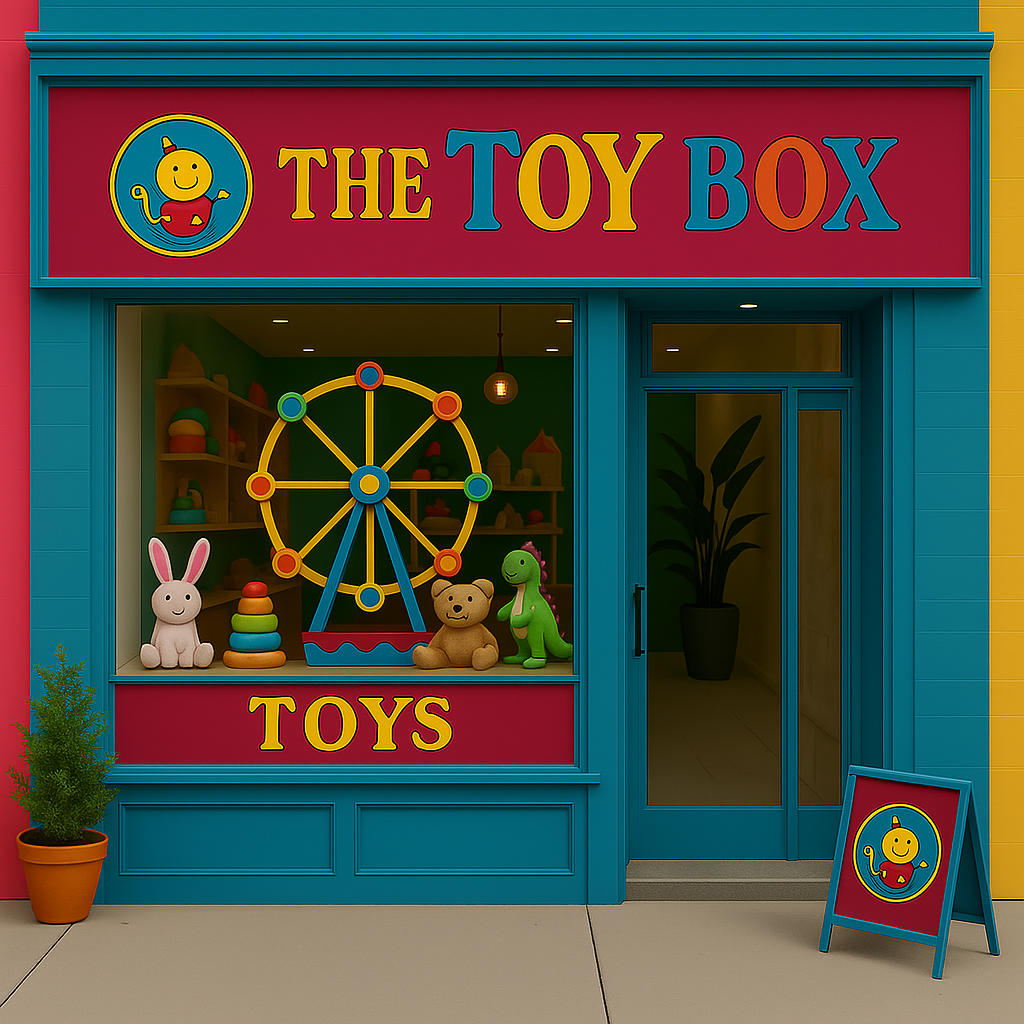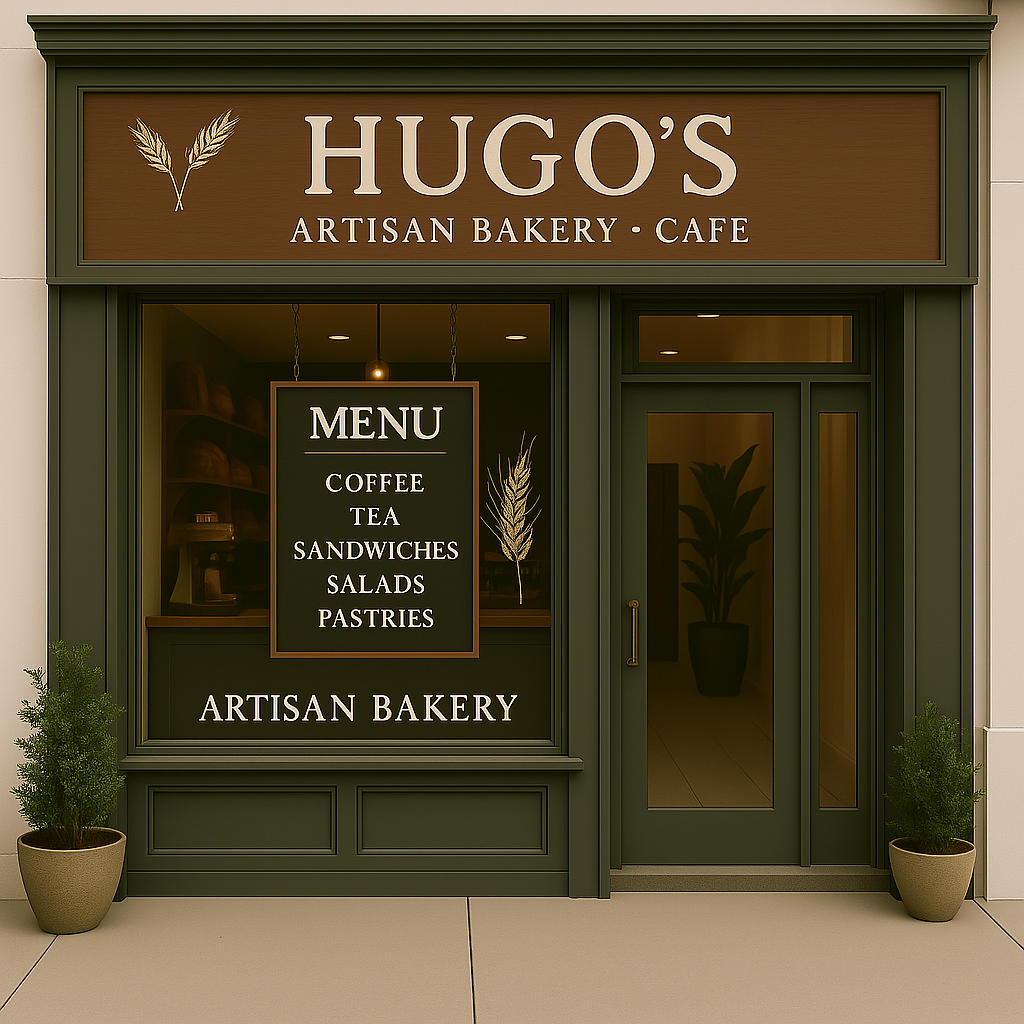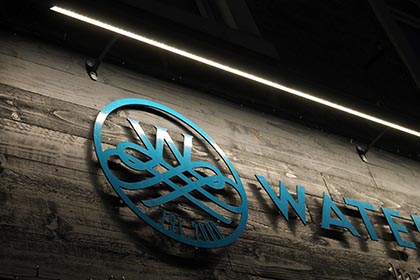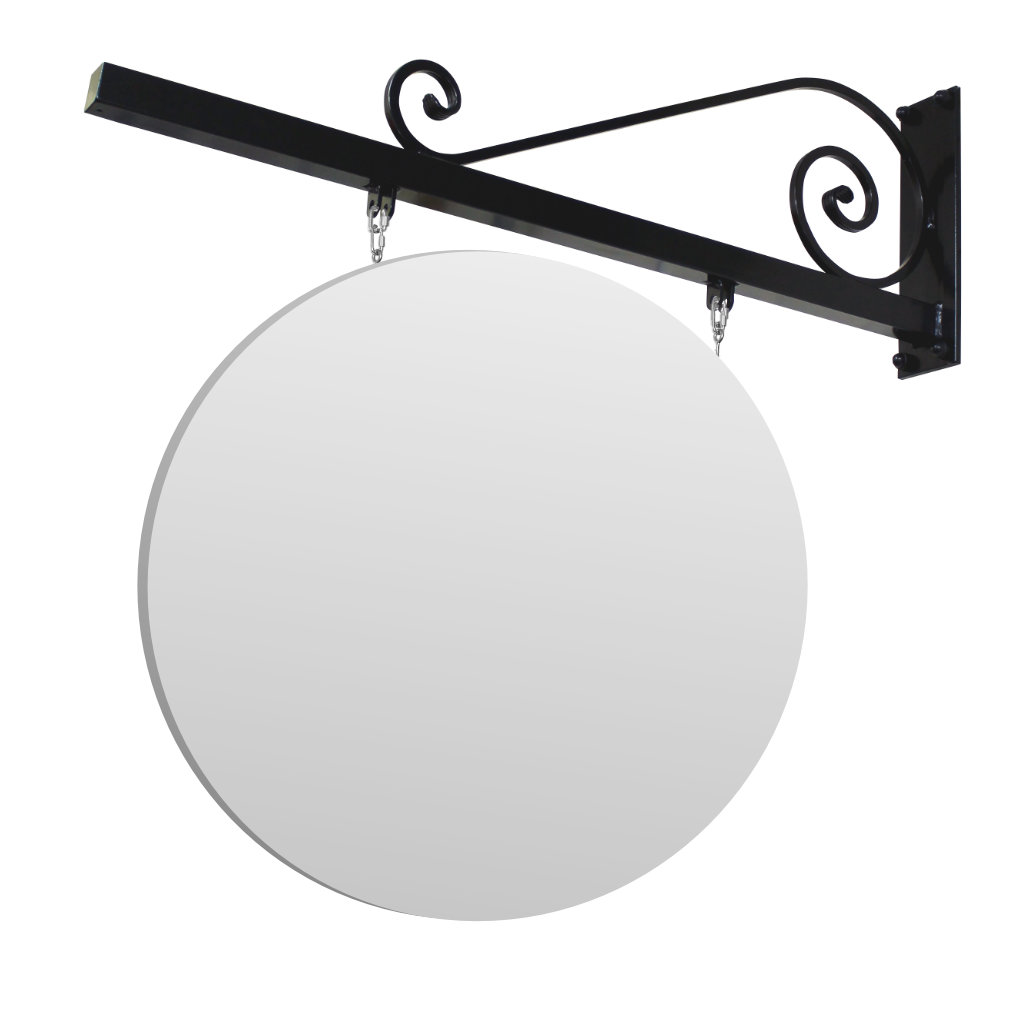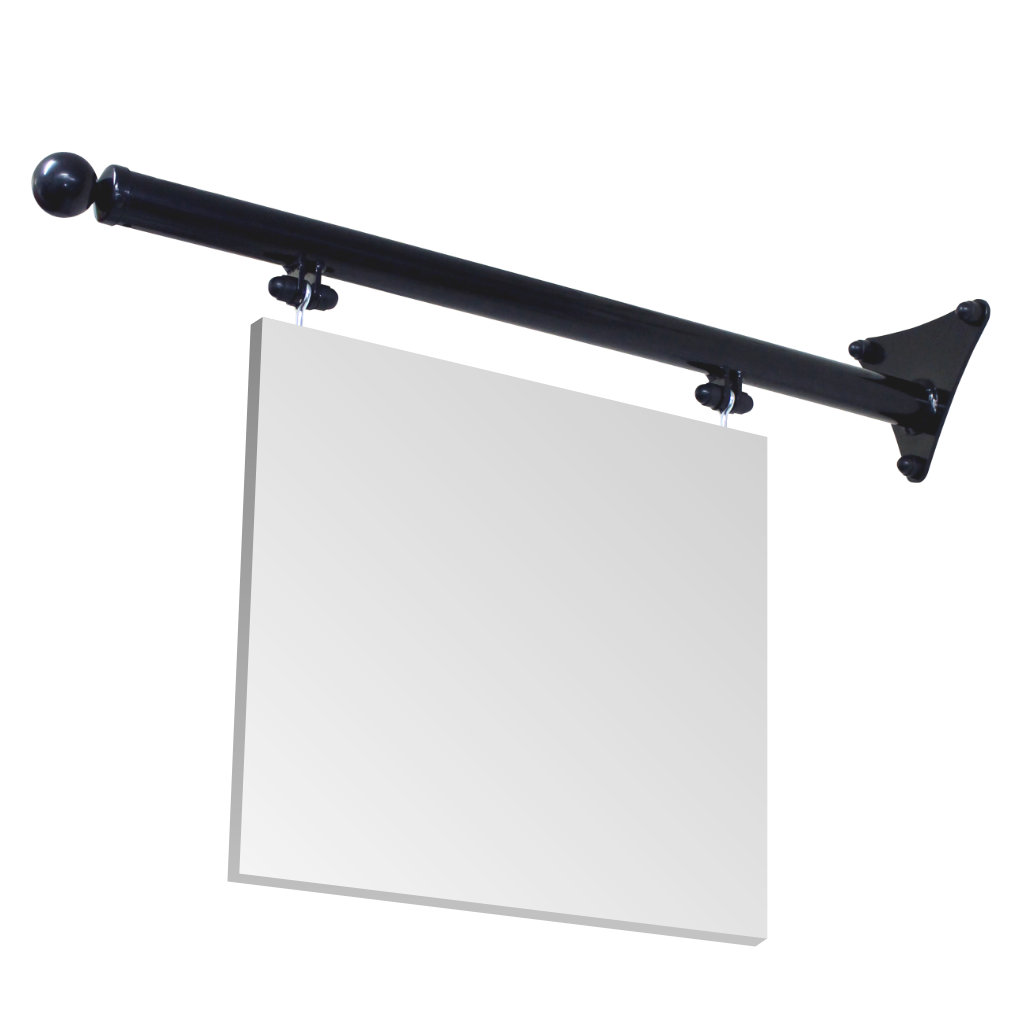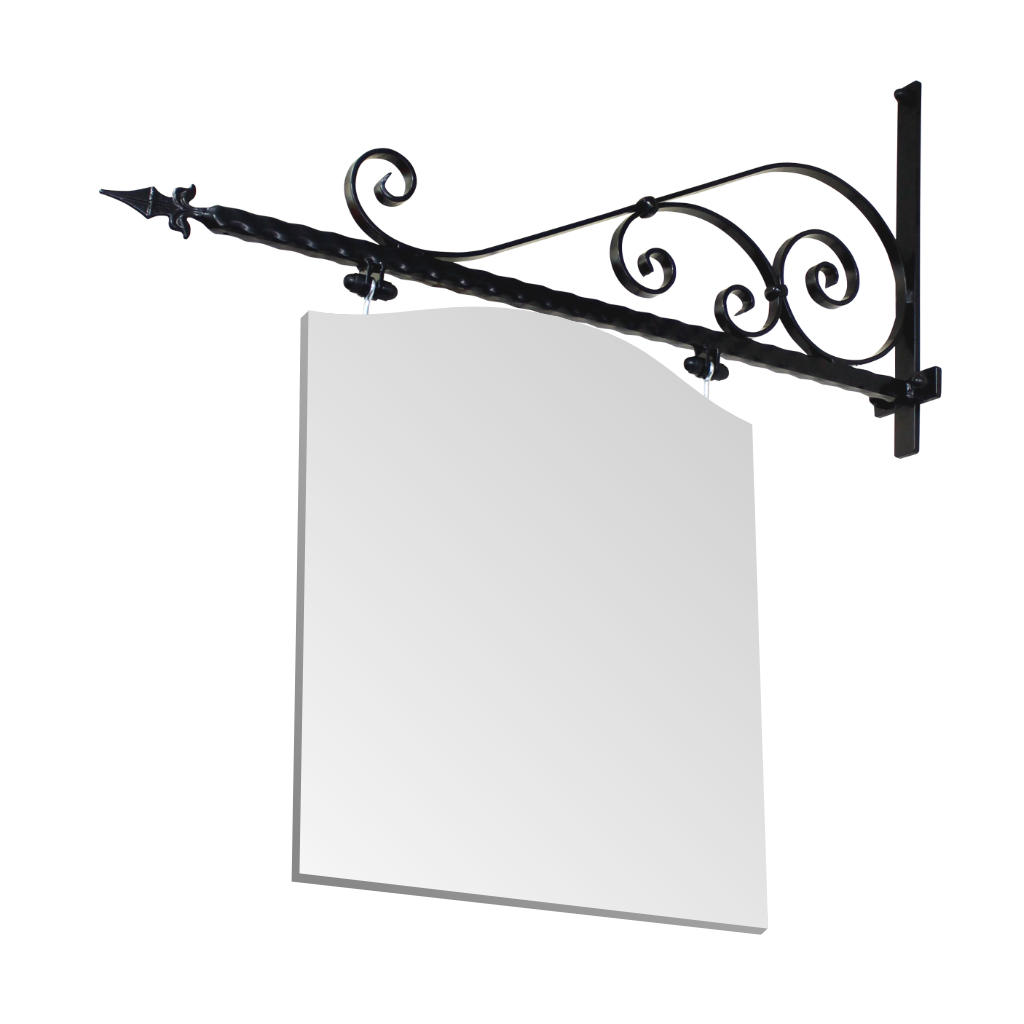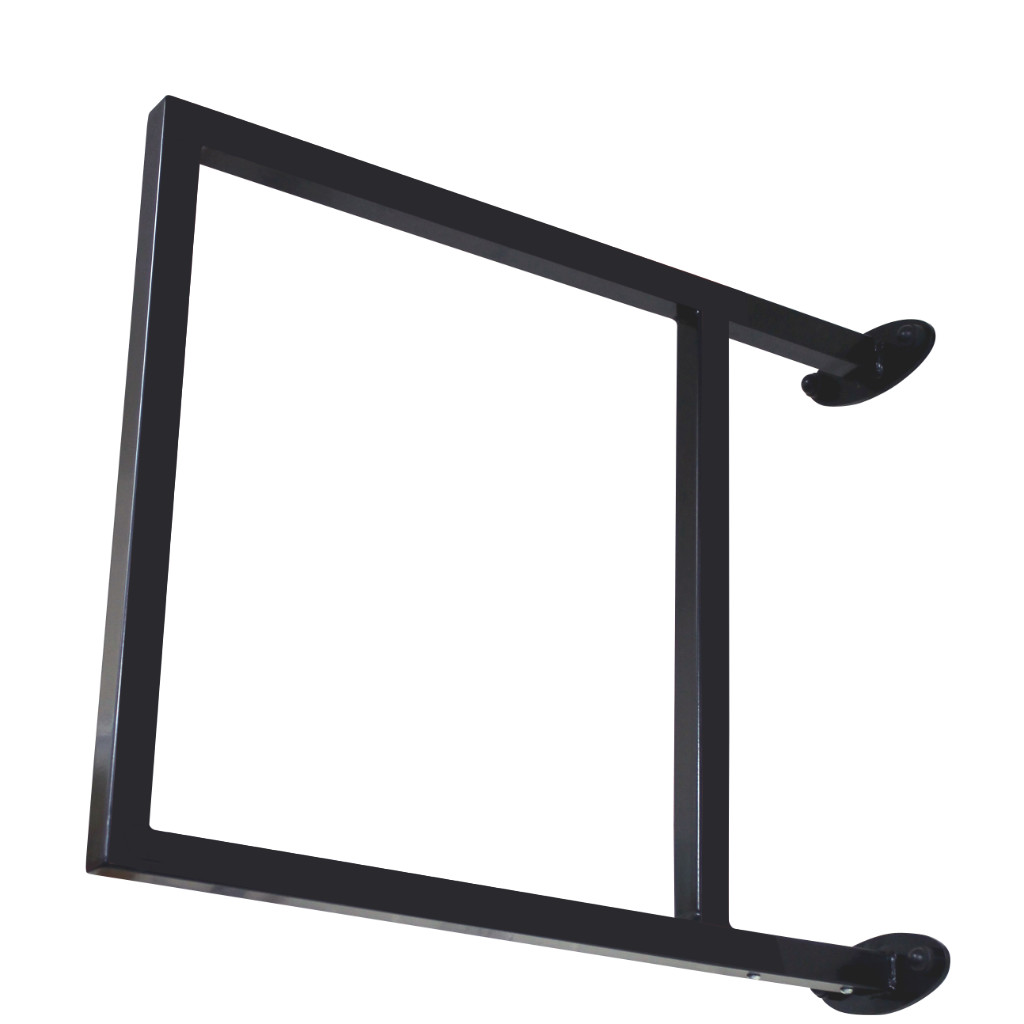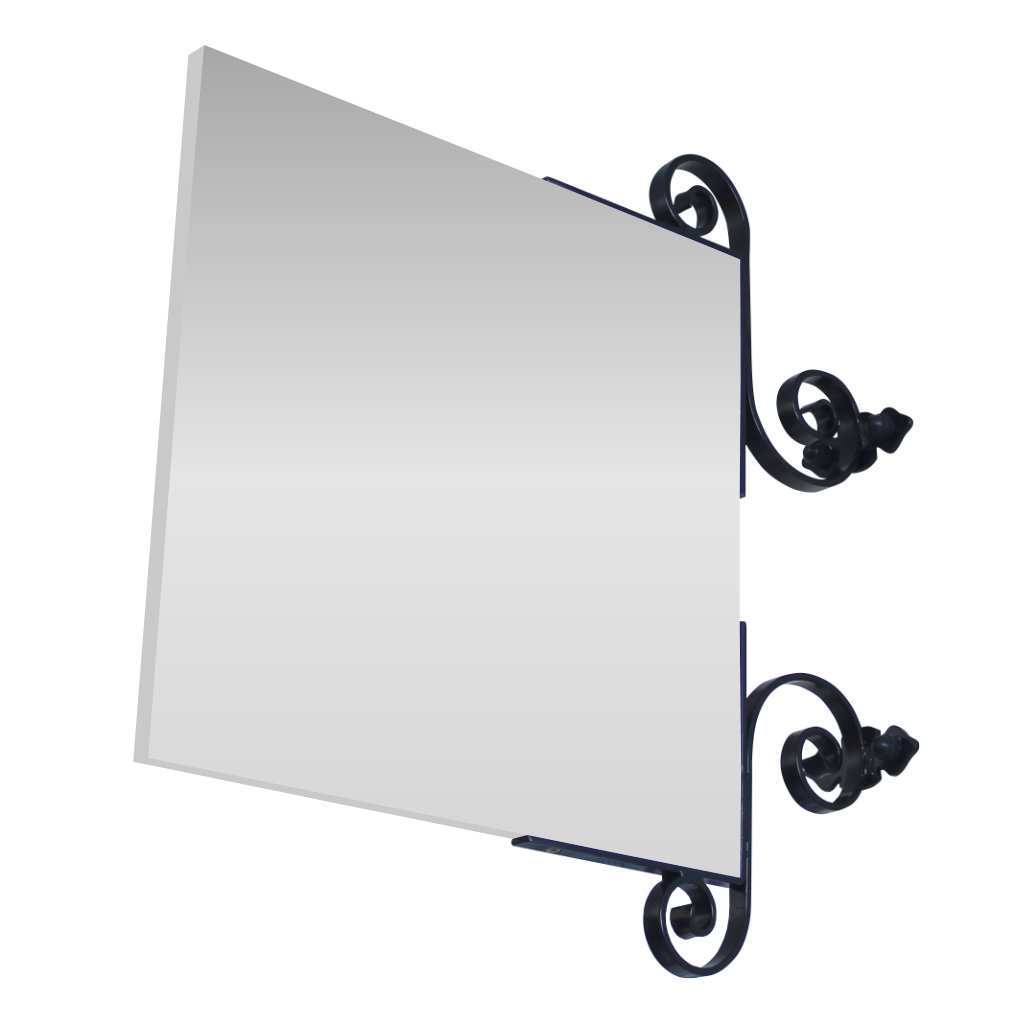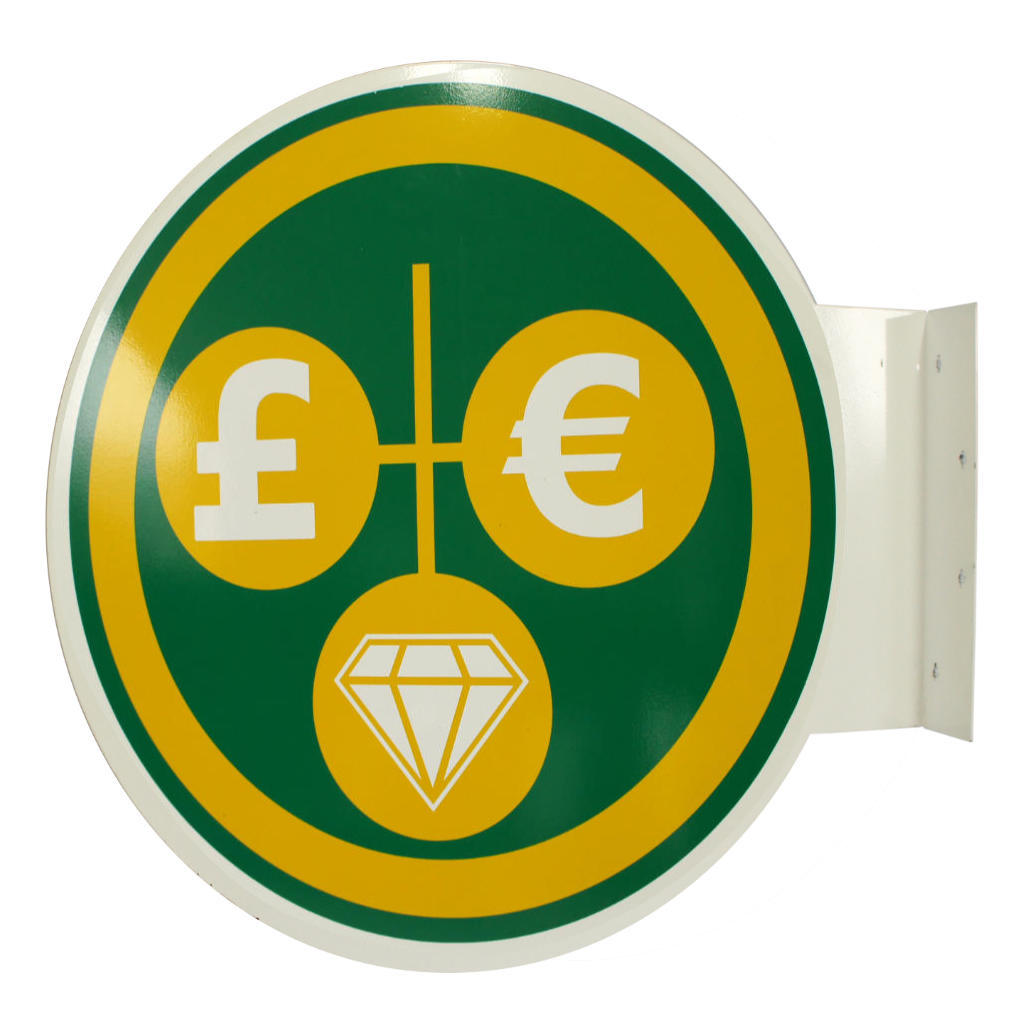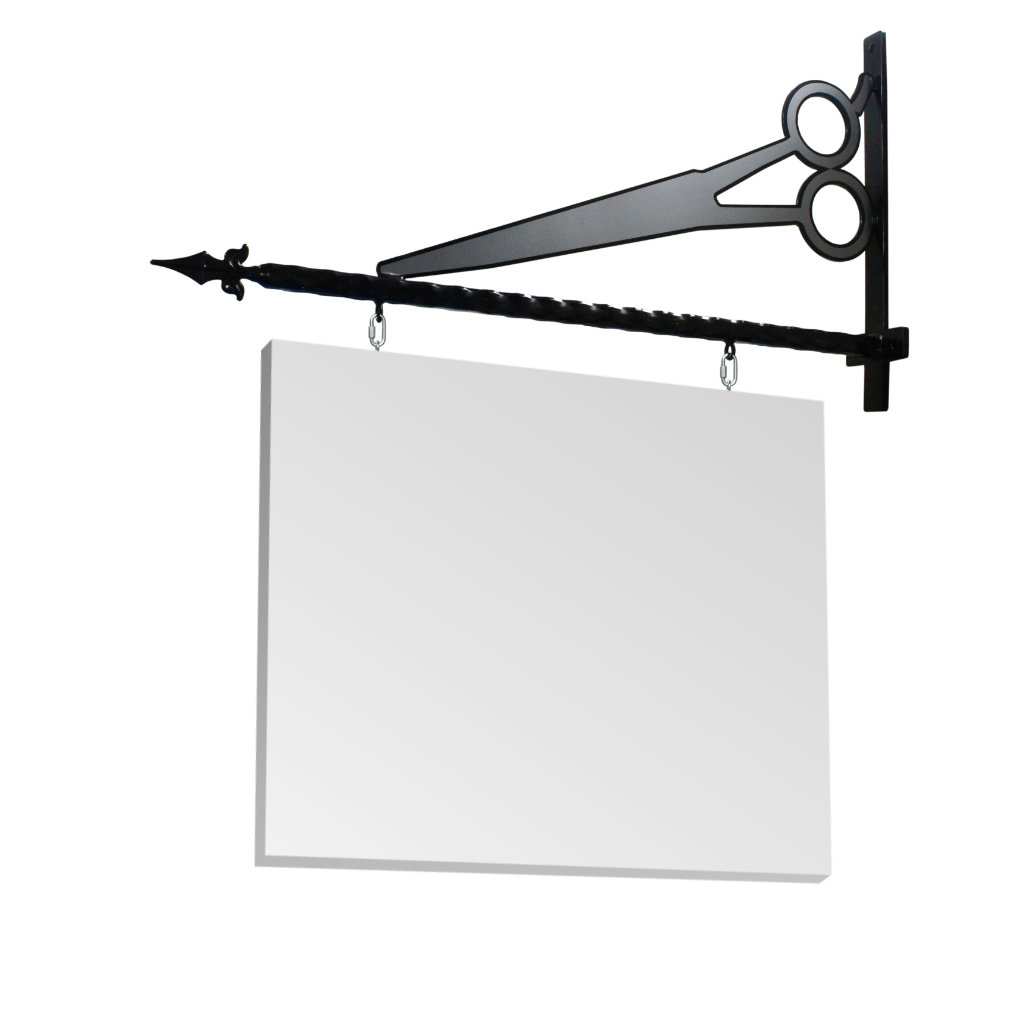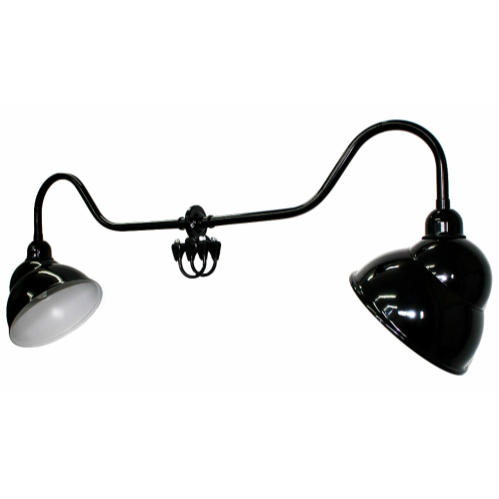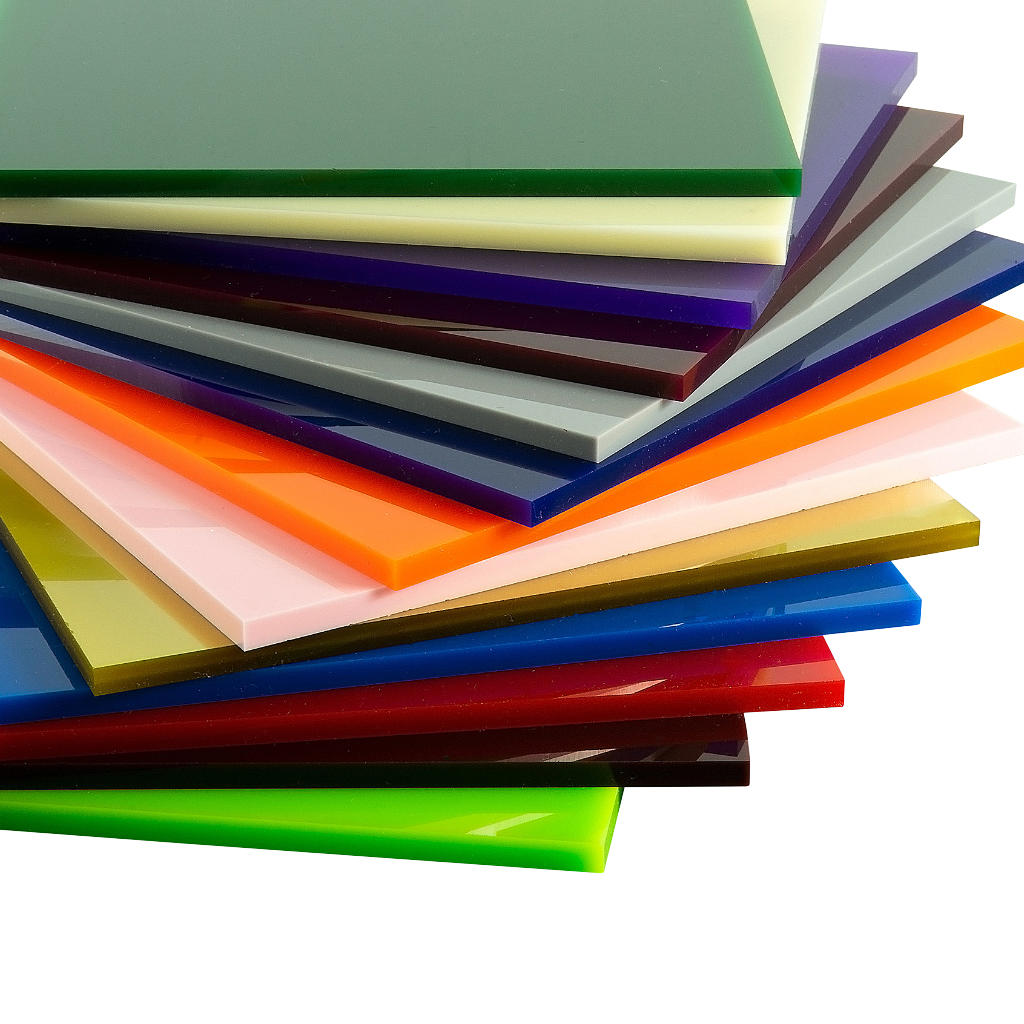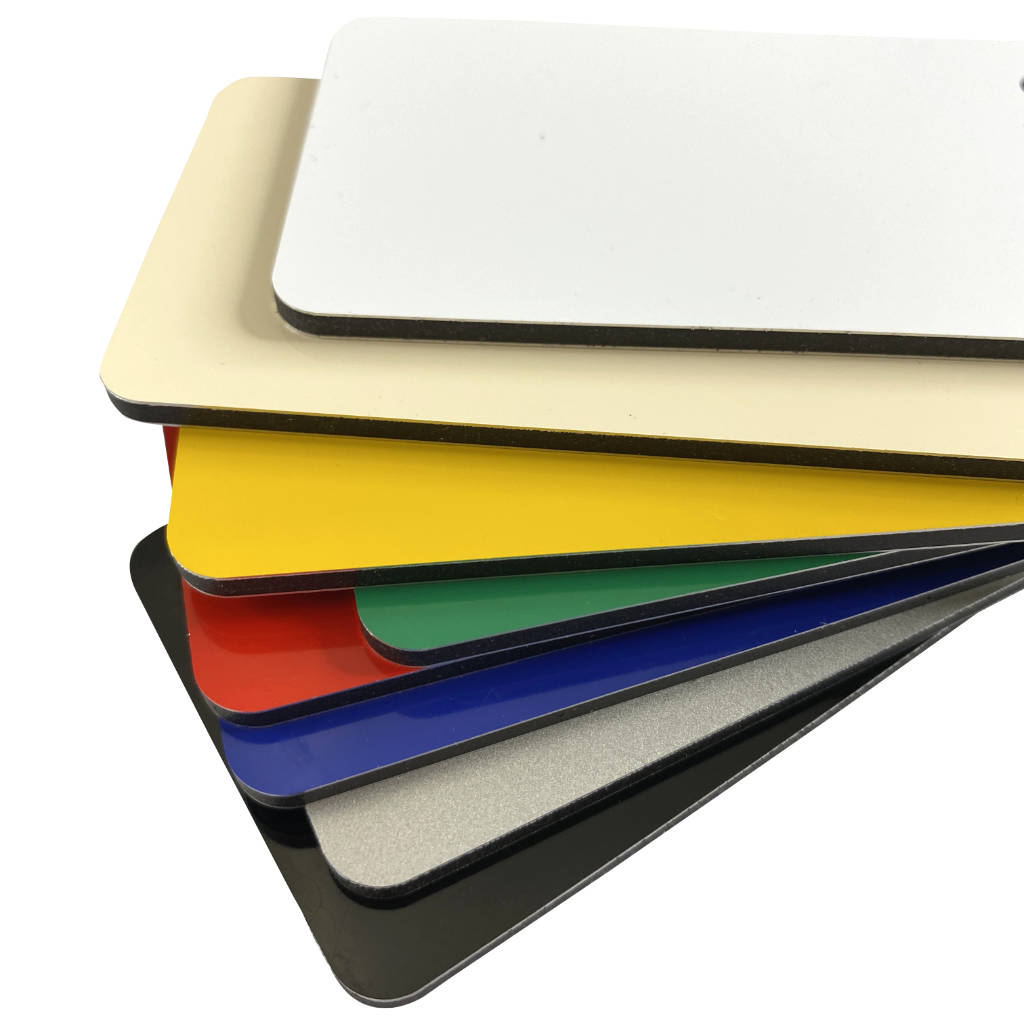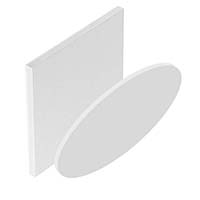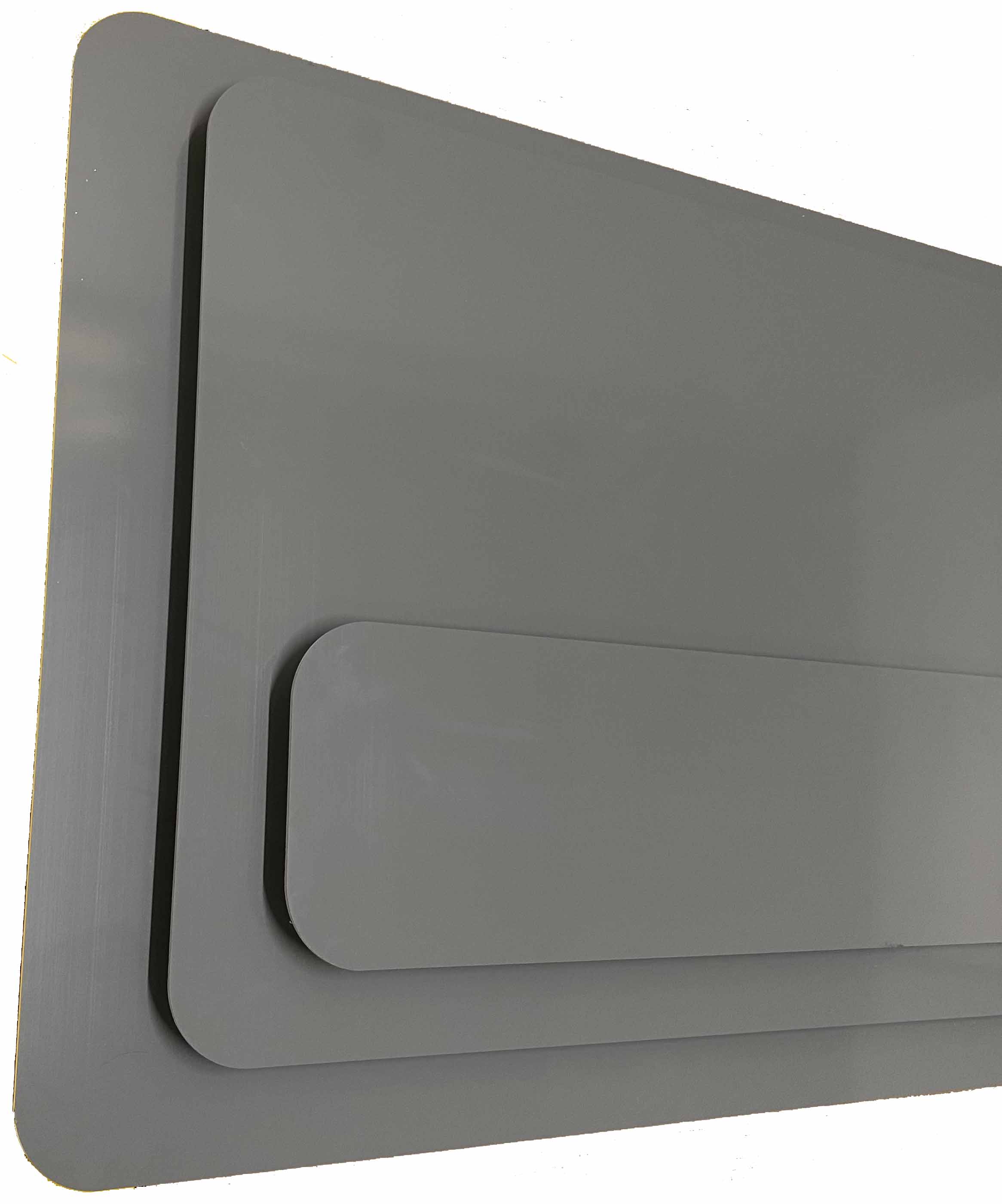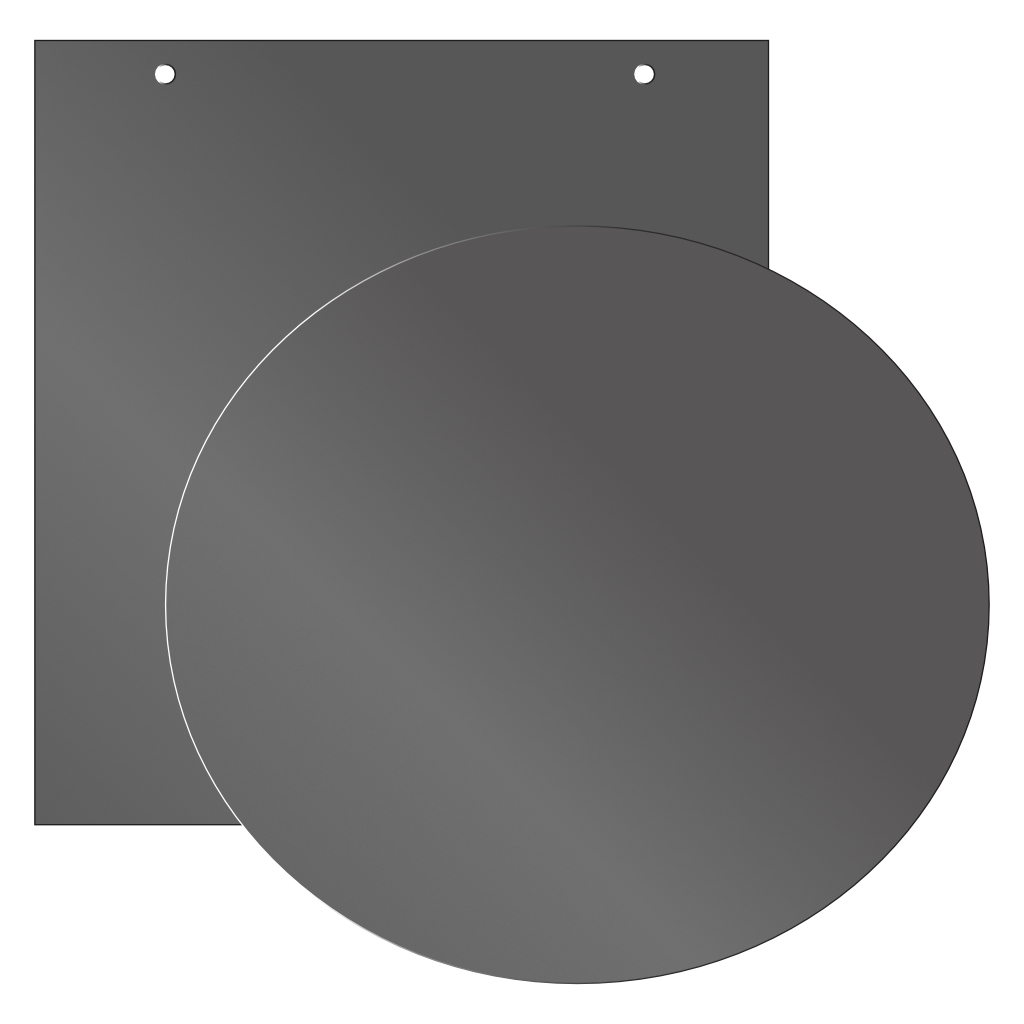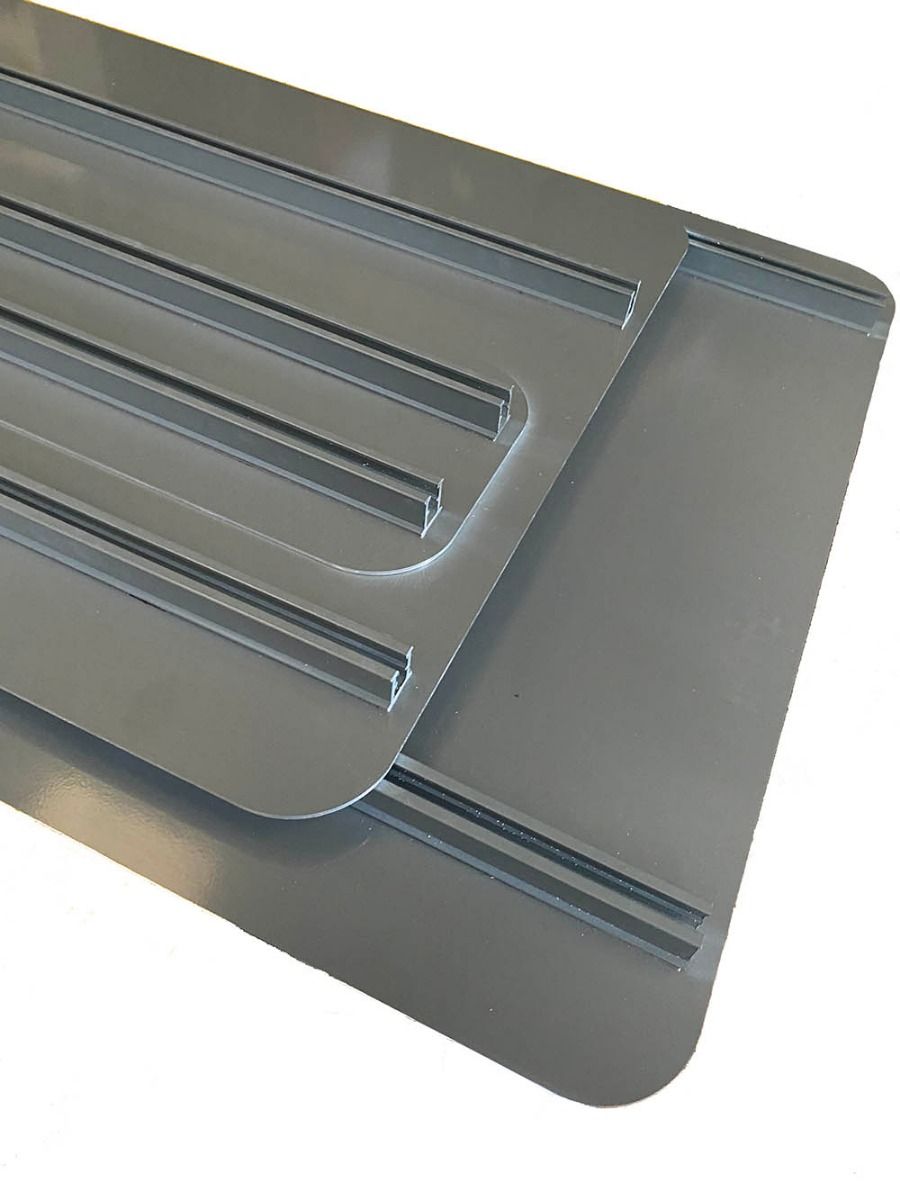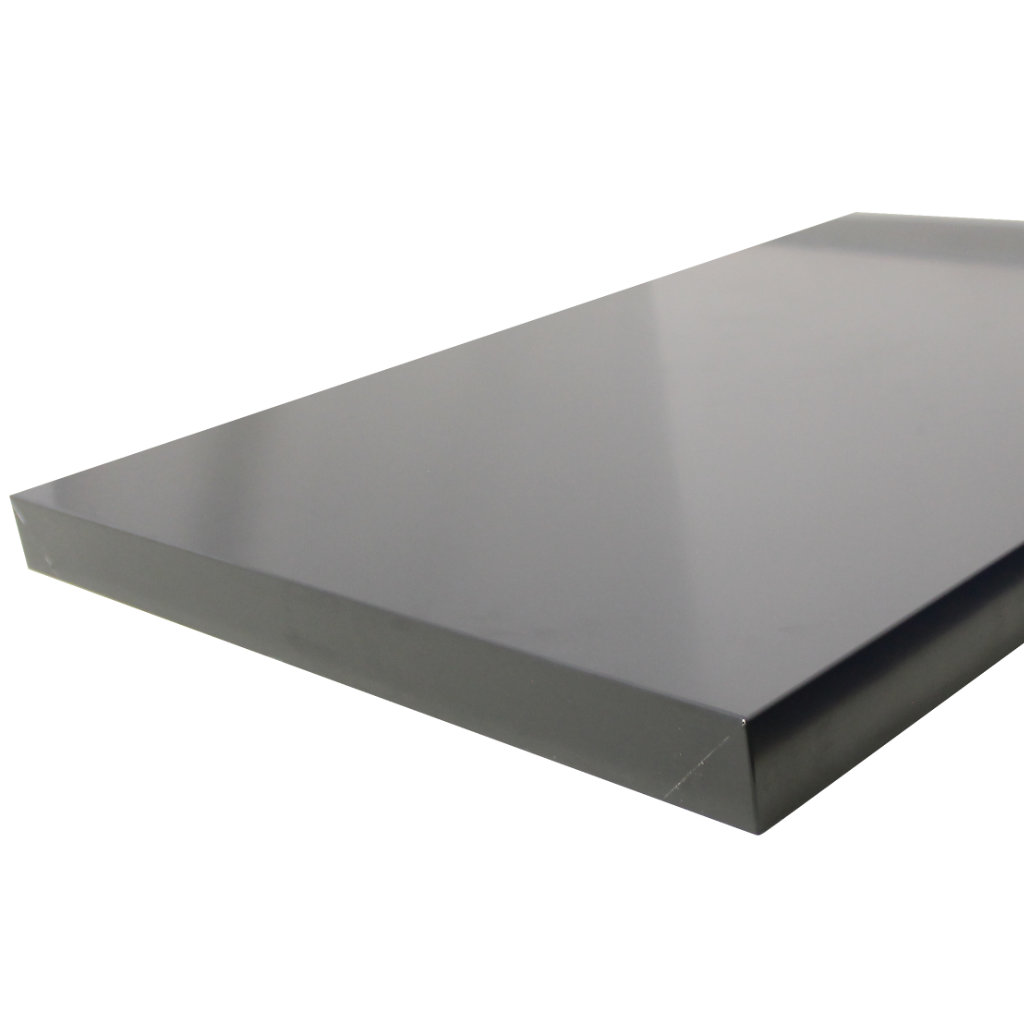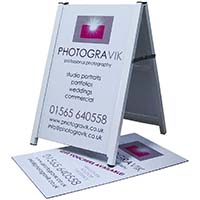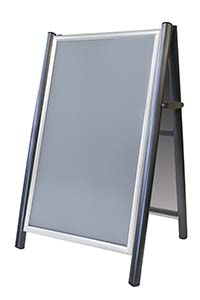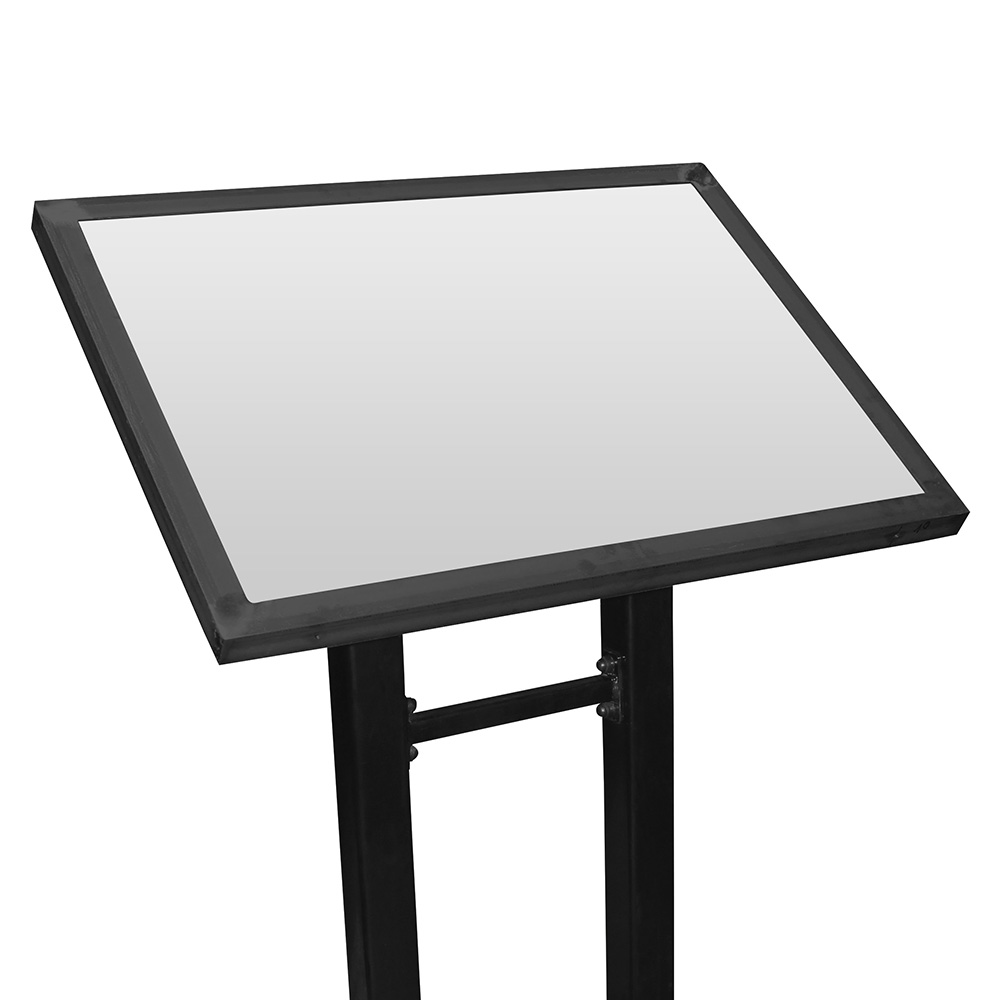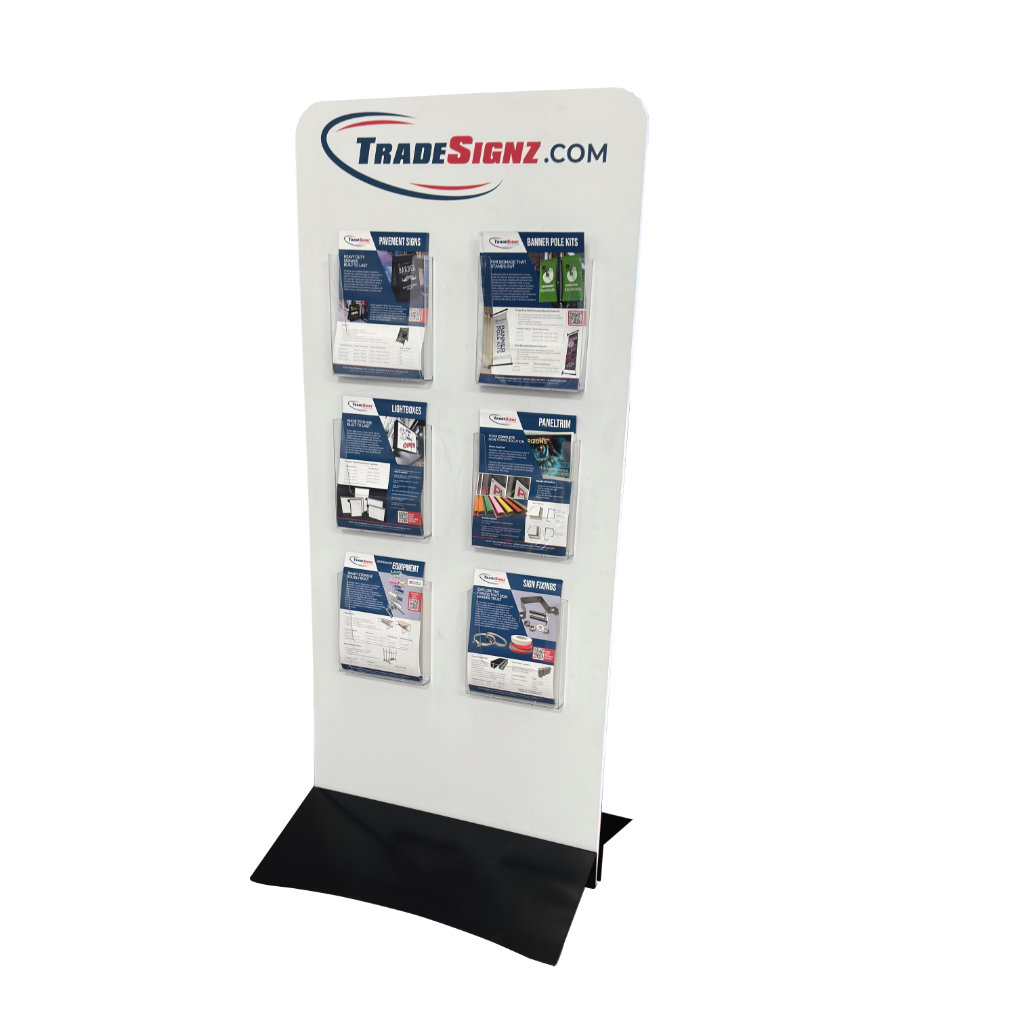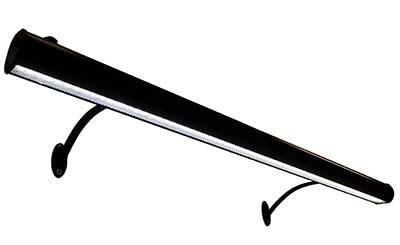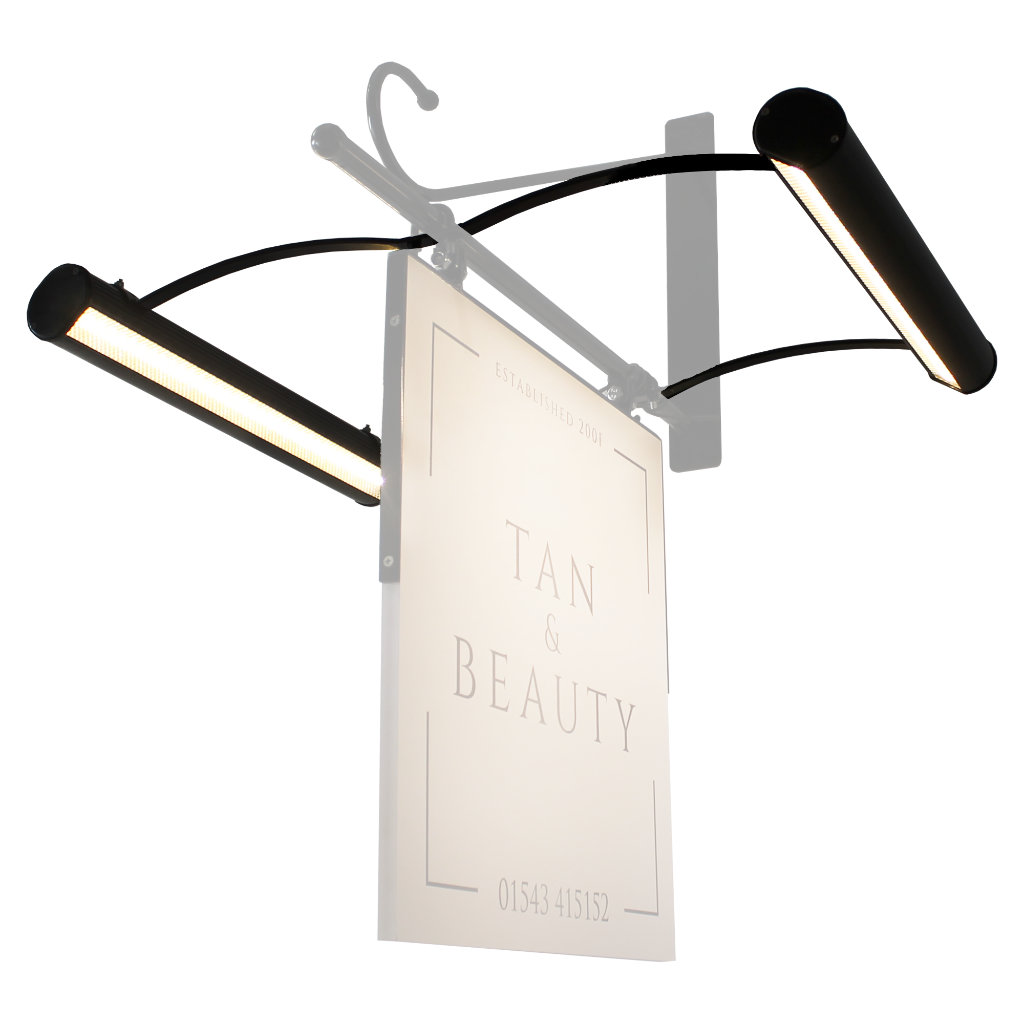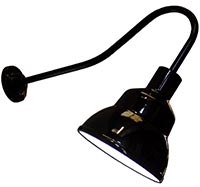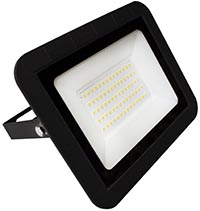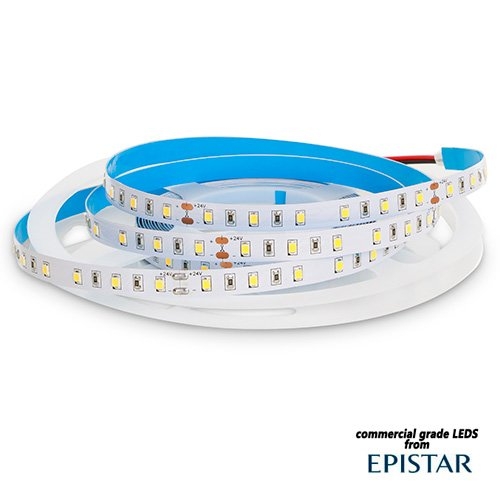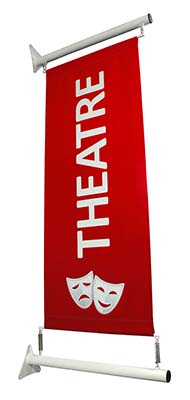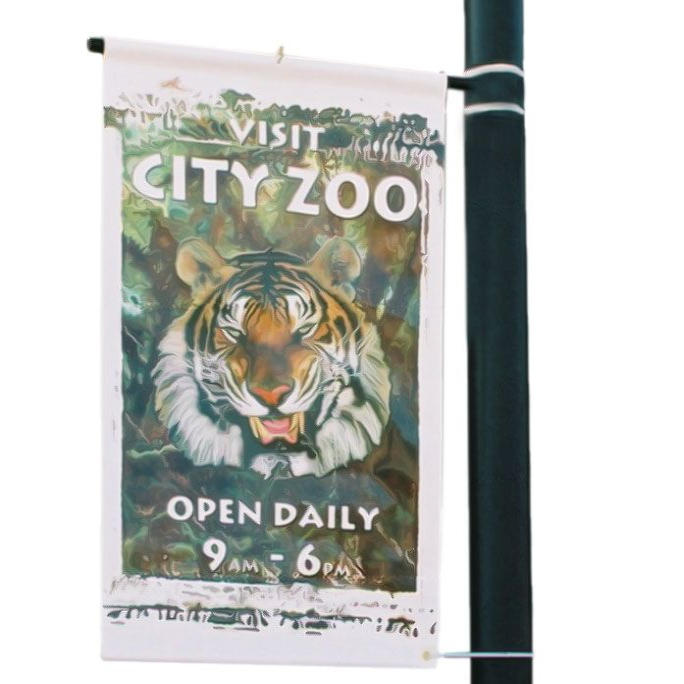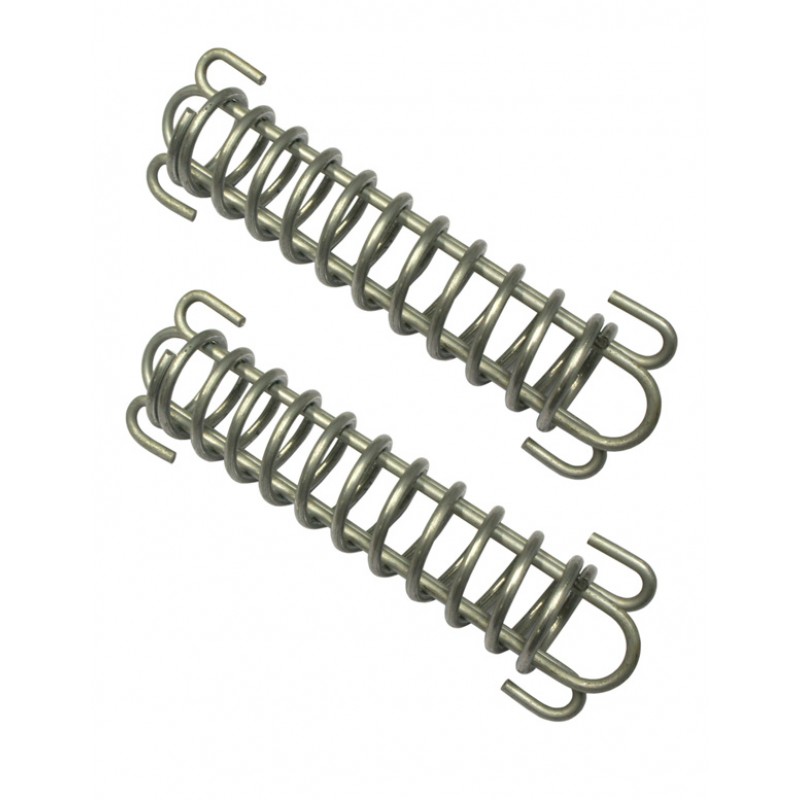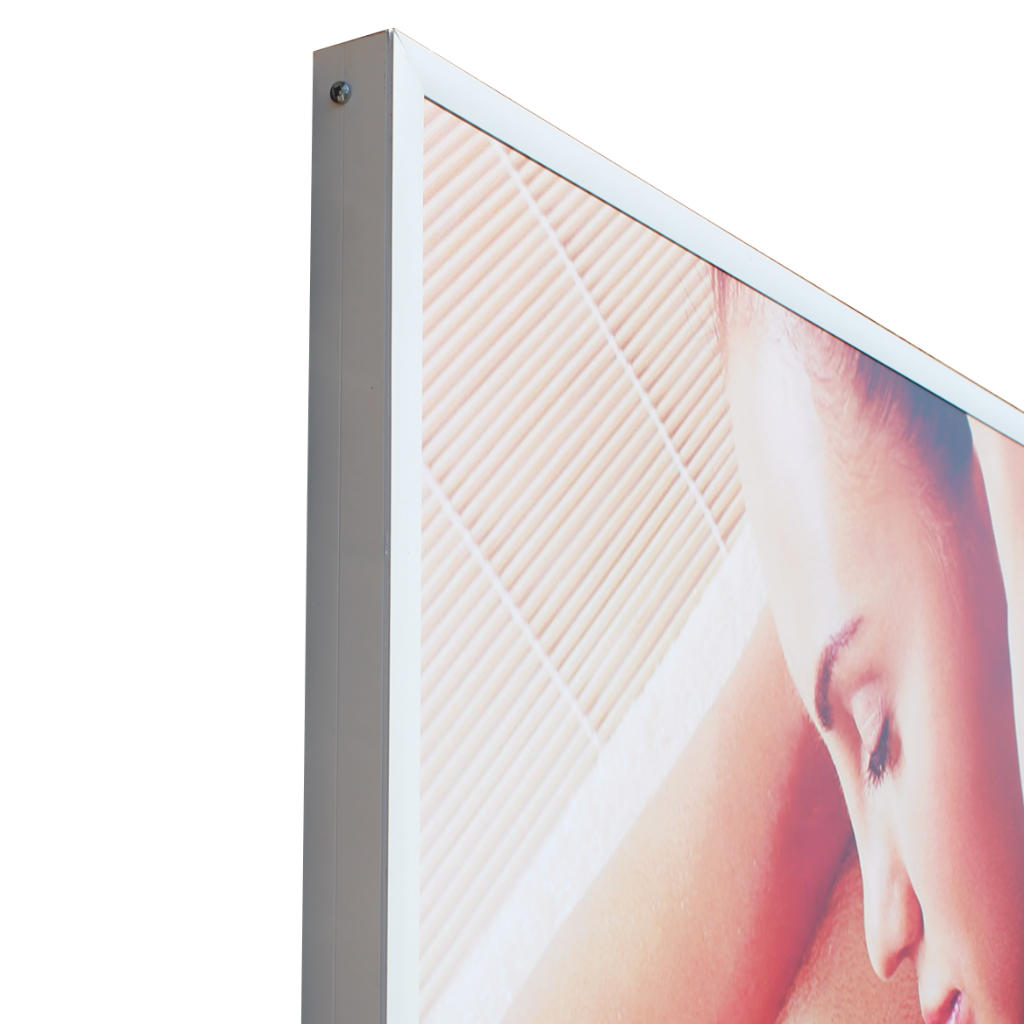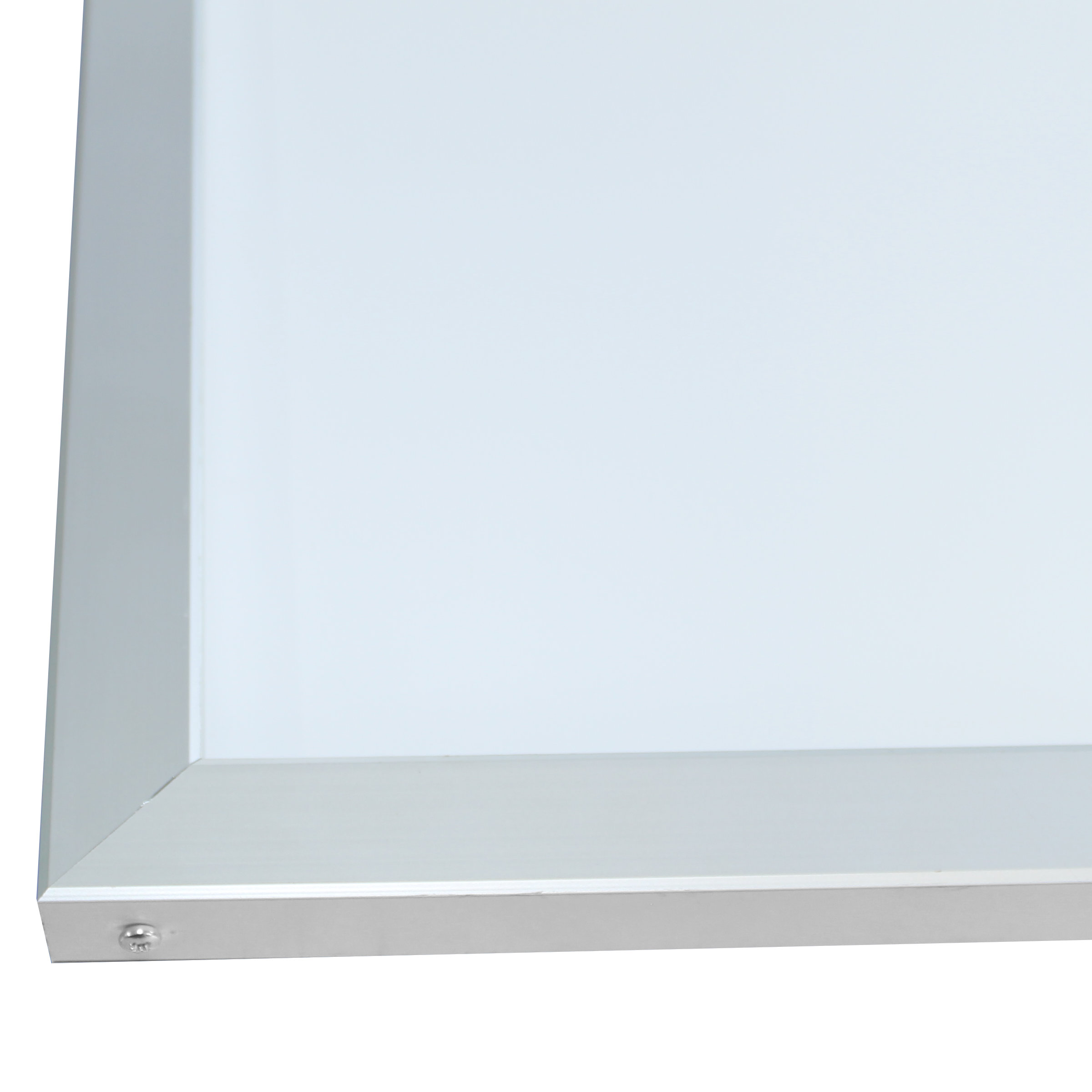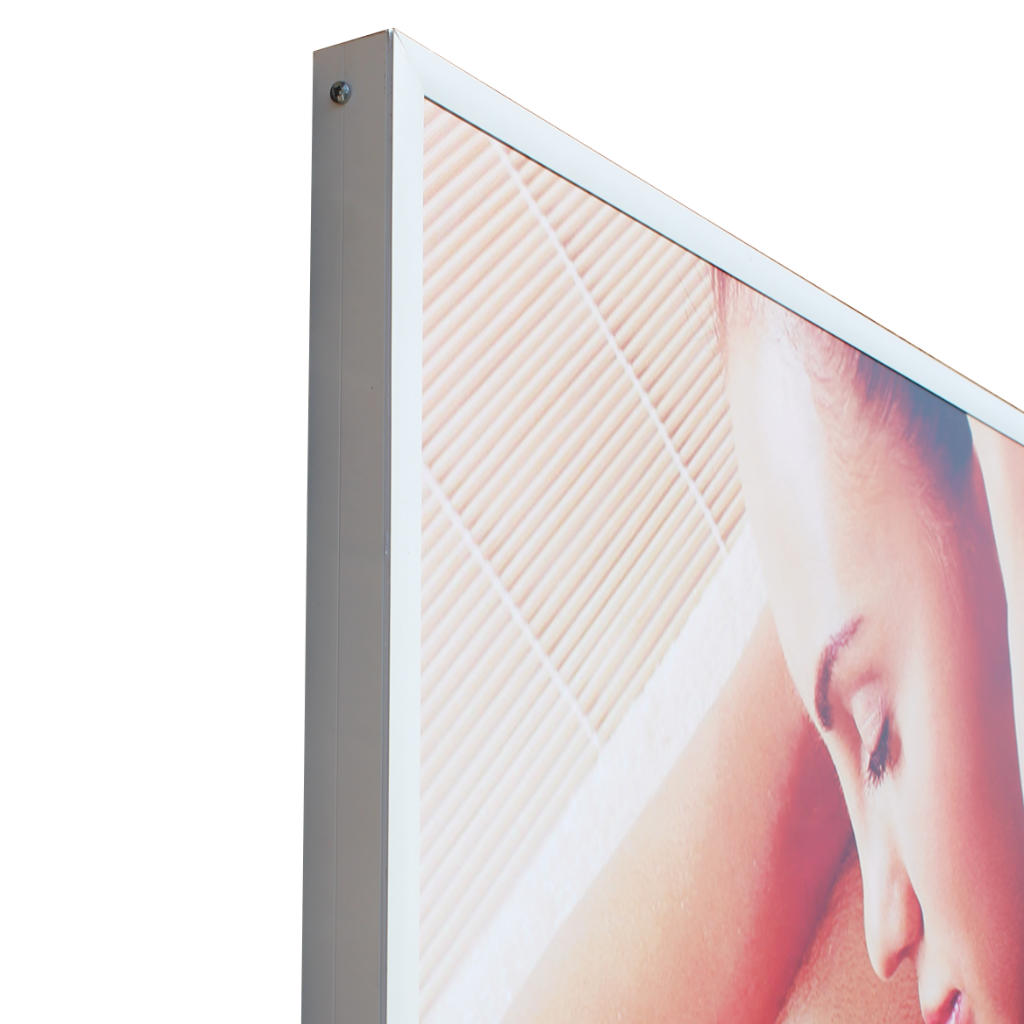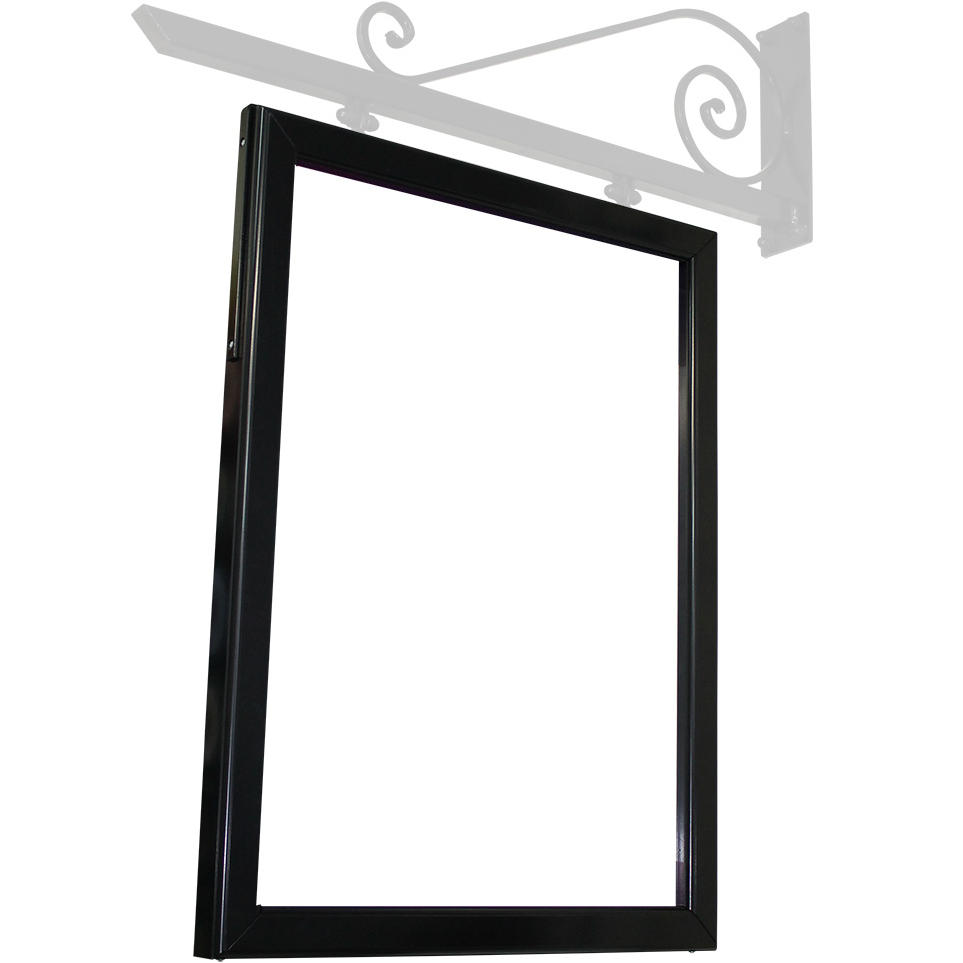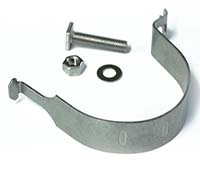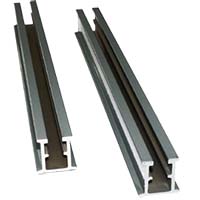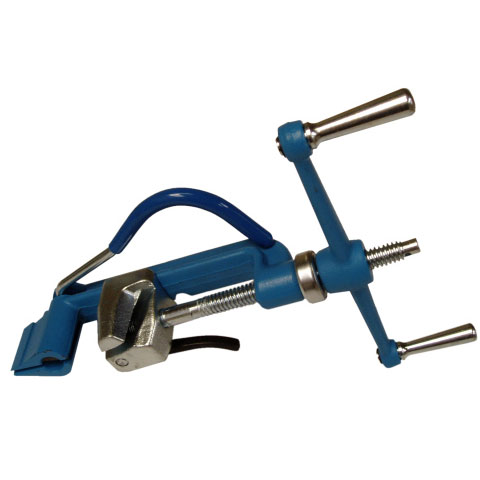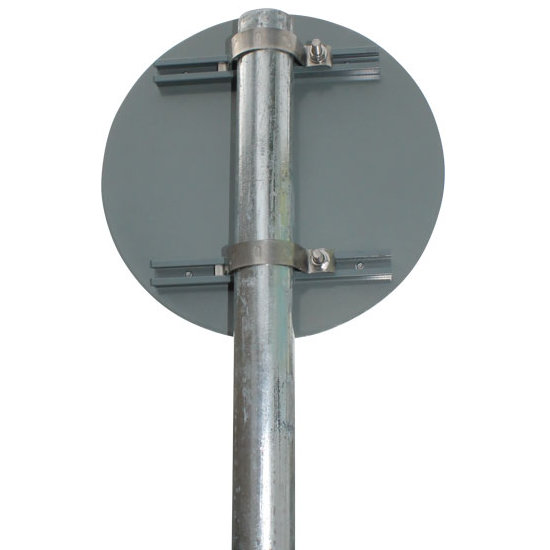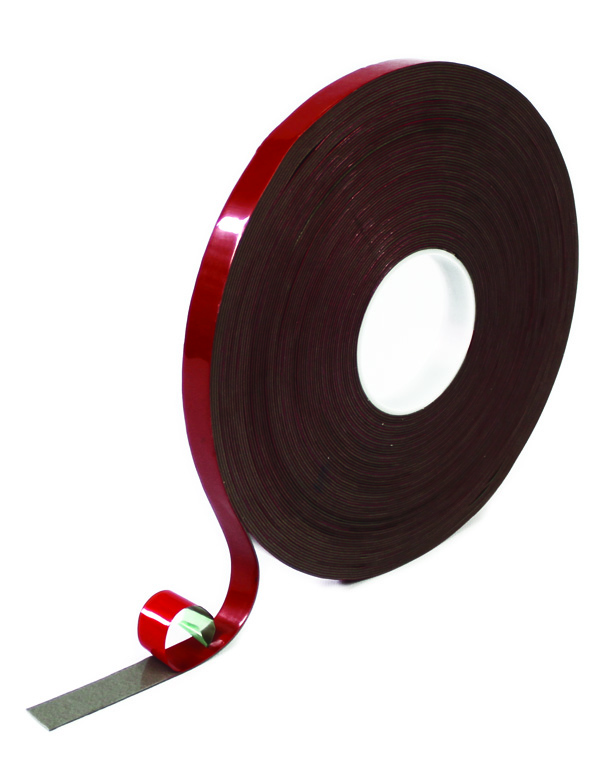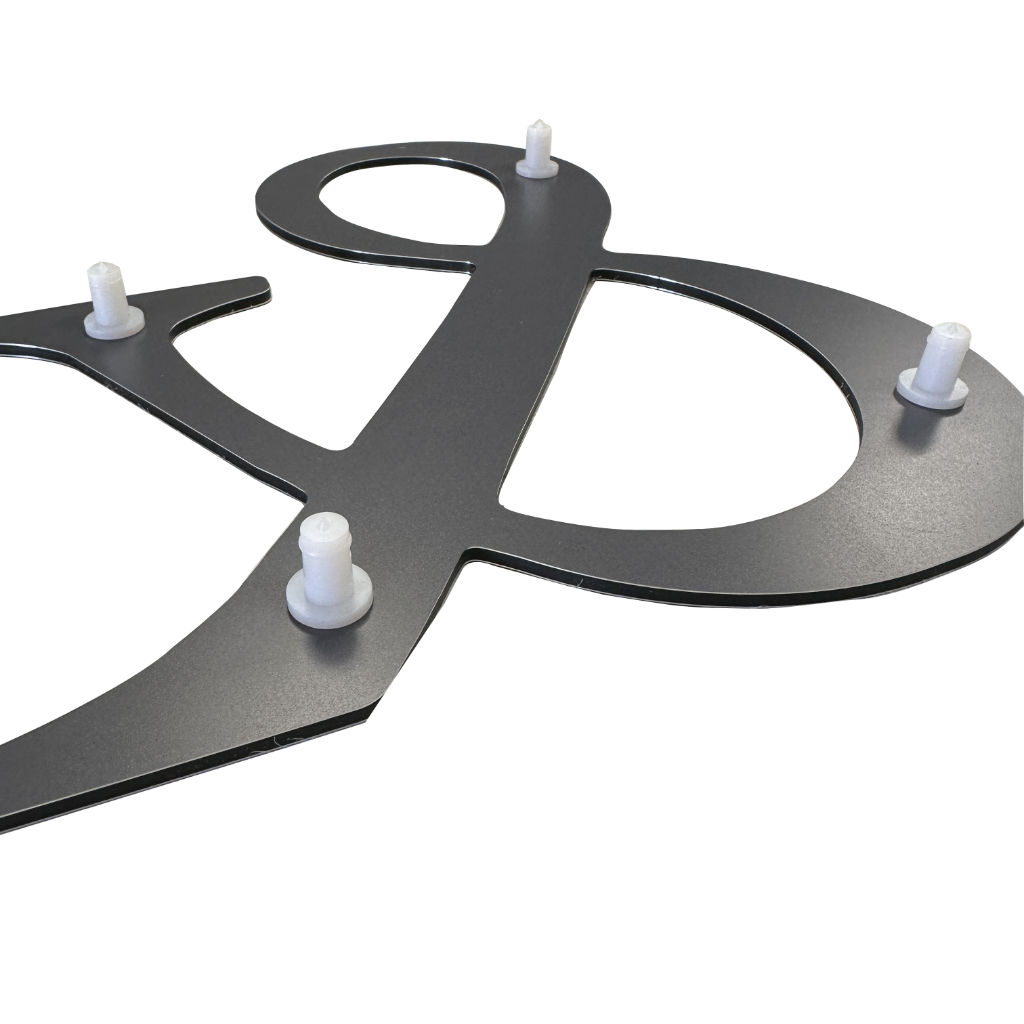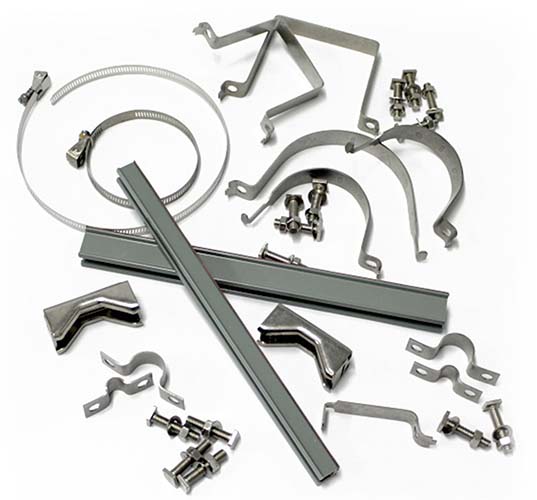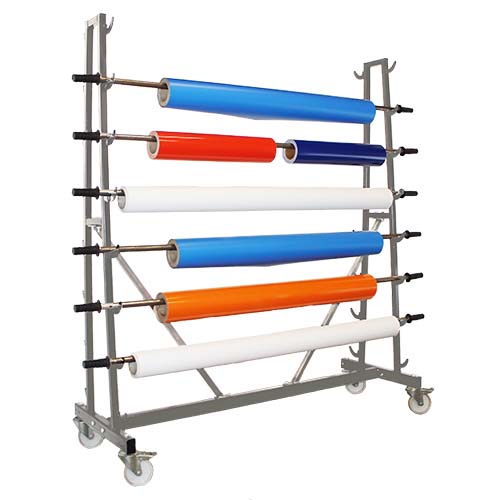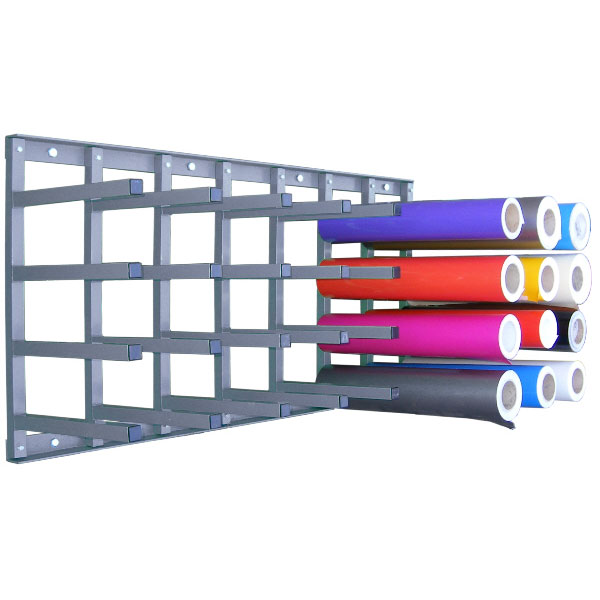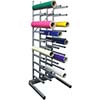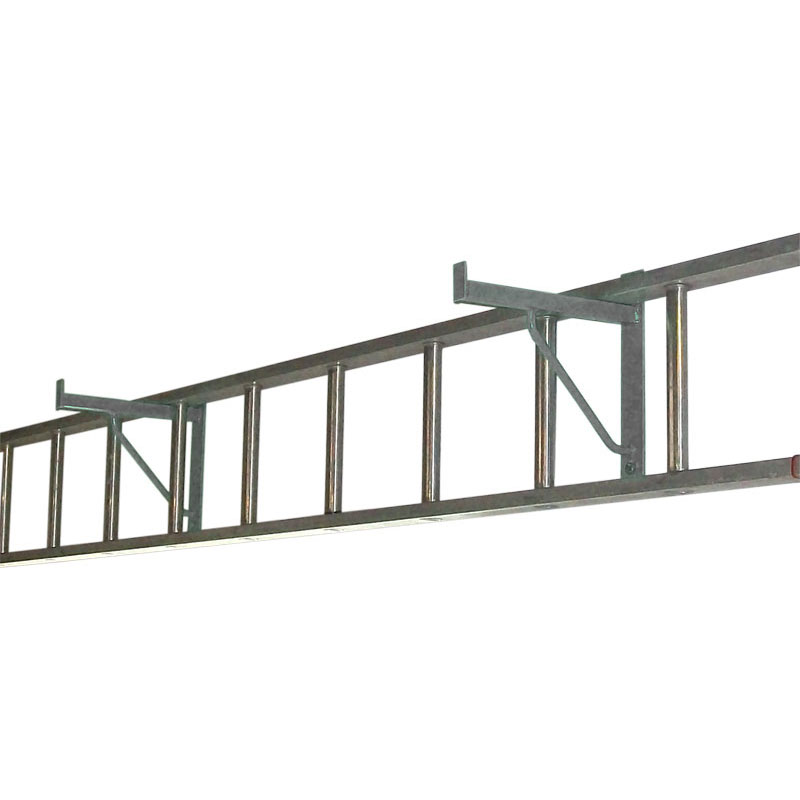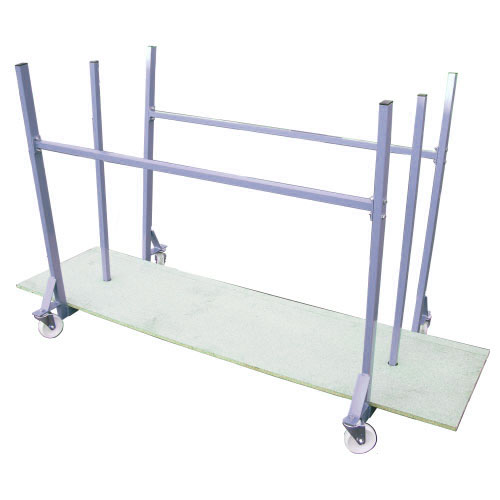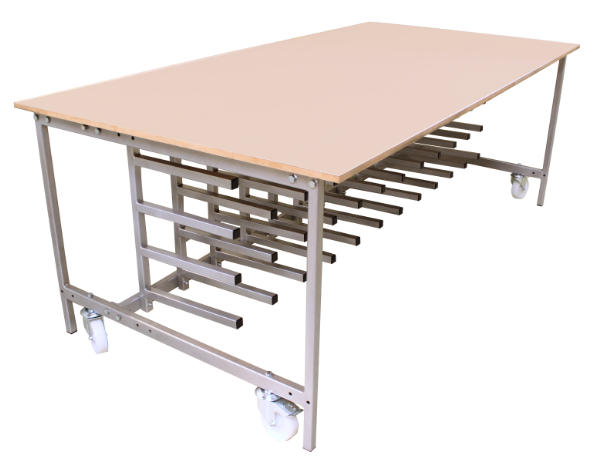What Your Shopfront Says About Your Business:
The Psychology Behind a First Impression
We’re told not to judge a book by its cover, but in business and especially in retail, first impressions often are the whole story. Your shopfront isn’t just a doorway, it’s a conversation starter, a brand ambassador and an invitation to come in. Within seconds, a passerby will decide whether your shop is worth entering, based solely on what they see from the outside. So, what exactly does your shopfront say about you?
First Impressions Begin Before the Door Opens
Psychologically speaking, humans make snap judgments in as little as 1/10th of a second. These rapid assessments are part of our brain’s survival toolkit and while we may no longer need to scan for predators, we still instinctively evaluate our surroundings for safety, appeal and trust. When it comes to retail, this translates to evaluating the shopfront for signs of quality, consistency and relevance.
A cluttered display, chipped paint or confusing signage might send the message that a business is outdated or disorganised. Conversely, a clean, thoughtfully arranged front with a clear brand identity creates a sense of confidence and professionalism.
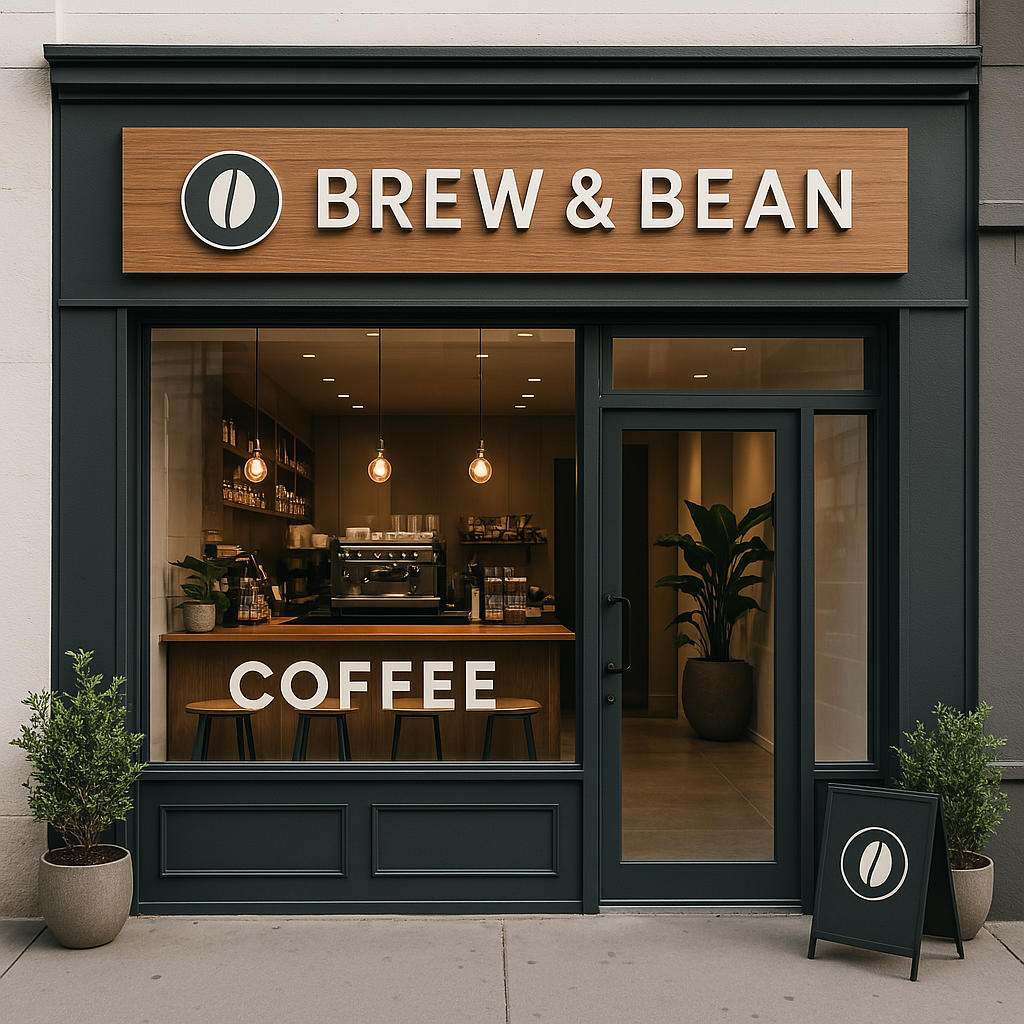
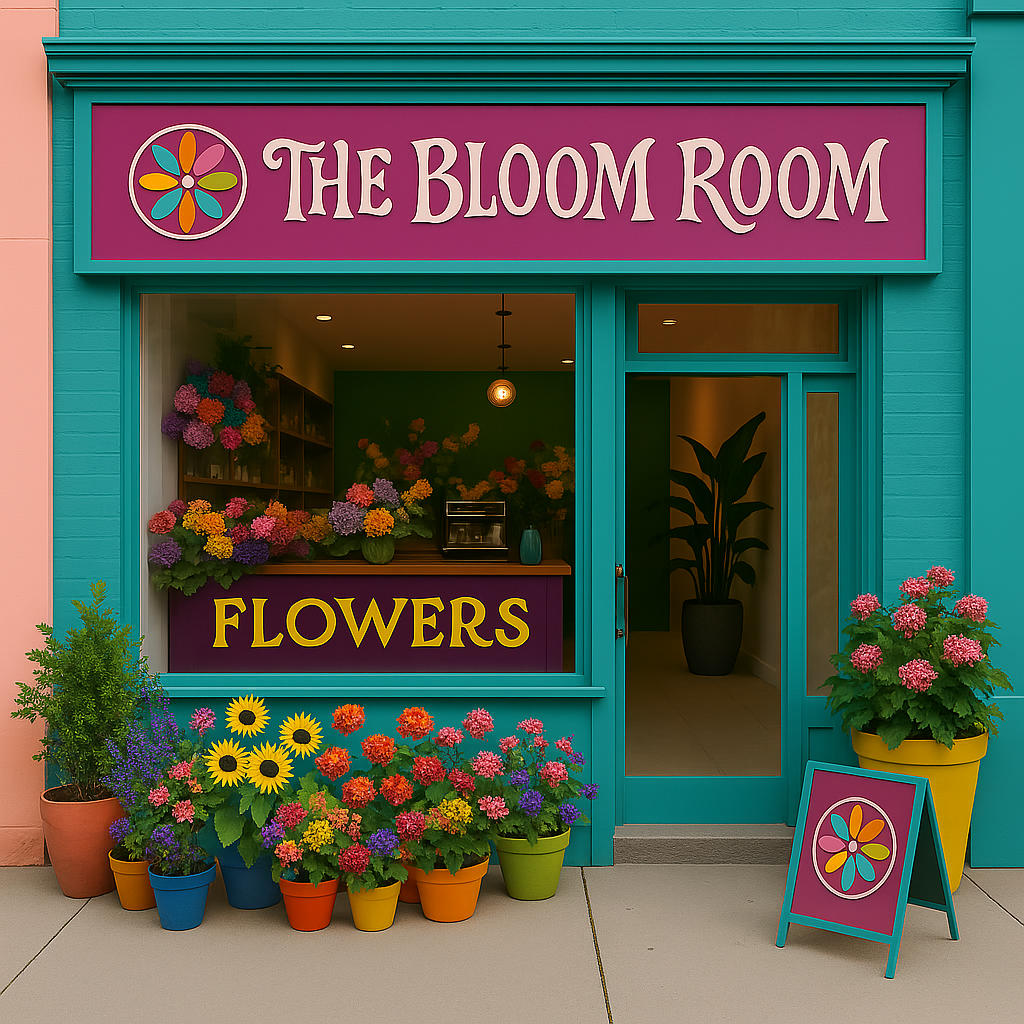
Colours, Fonts, and Design - The Emotional Code
Colour psychology plays a powerful role in the subconscious messages your shopfront sends. Warm colours like red and orange can evoke urgency or excitement, perfect for fast paced retail or food establishments. Blues and greens create calm and trust, ideal for wellness or eco conscious brands. Fonts matter too, sleek modern typography suggests innovation and style, while ornate or hand-drawn lettering might indicate charm, tradition or artisanal craft.
When these visual elements are aligned with your brand’s personality, they create harmony that feels intentional and trustworthy. If the visuals clash or feel arbitrary, it disrupts the customer’s confidence in your offer, consciously or not.
Windows That Woo
Window displays are your chance to be bold and magnetic. They’re not just about showing off what you sell, they tell a story about who you are. Are you playful and creative? Minimalist and elegant? Cutting edge or classic? A window that’s too busy or irrelevant can confuse potential customers. But a well curated display draws the eye and stirs curiosity. It invites people to imagine what’s inside, not just the store, but the experience.
This emotional connection is what psychologists call the “affective response.” In retail, emotion drives action. If your shopfront evokes a feeling; joy, comfort, intrigue, people are far more likely to take the next step inside.
Cleanliness and Care: The Hidden Signals
More than just aesthetics, cleanliness and upkeep tap into a deep-rooted psychological gauge for safety and trust. Peeling posters, overflowing bins or dusty shelves can signal neglect or financial struggle. Even if that’s far from the truth, those cues can prevent people from walking through the door.
Maintaining your shopfront isn’t just good practice, it reassures people that you take pride in your business and, by extension, in your products and customers.
Tuning Into the Target Audience
Great shopfronts speak directly to the people they’re trying to attract. If you’re a toy shop, splashes of colour and whimsy work wonders. If you're a high-end boutique, think sleek lighting and carefully chosen window props. The key is relevance: when your exterior resonates with the tastes and lifestyles of your ideal customer, you build an instant connection.
This is known in psychology as the “similarity-attraction effect”, people gravitate toward environments and brands that reflect their own identity or aspirations. Your shopfront should be a mirror that says, “This is for you.”
The Role of Movement and Interaction
Another subtle cue that enhances shopfront appeal is movement. Whether it’s a rotating display, gently swaying signage or even live demos through the window, movement captures attention in a world of visual noise. Our brains are wired to notice motion; it triggers curiosity and breaks monotony.
Similarly, interactive elements like QR codes, touchscreen displays, or simple chalkboard messages that change daily can pull people in, especially when they offer value or delight.
Consistency is Confidence
All your shopfront elements, from signage and colour to tone of voice and lighting, should sing in unison. Inconsistencies signal confusion, which undermines trust. That trust, once compromised, is hard to rebuild.
A modern café with sleek graphics but antique furniture in the window might send mixed messages. The more cohesive your exterior story is, the more compelling it becomes.
Final Thoughts
Your shopfront is your silent spokesperson. Before a single word is spoken or a product is seen, it communicates value, style, credibility, and care. In today’s competitive retail landscape, it’s not enough to look “nice”, you must be strategic, intentional and emotionally aware of how your visual cues are received.
So, the next time you glance at your shopfront, ask yourself: if I were walking by, would I stop? Better yet, would I step in?
